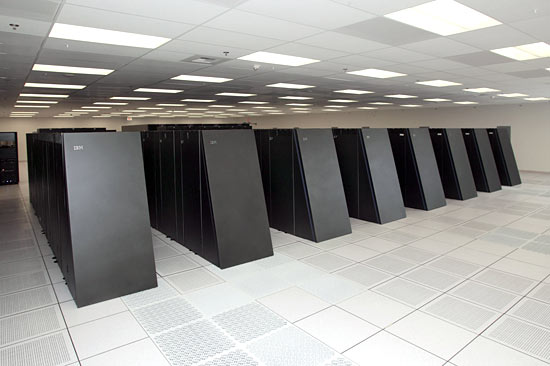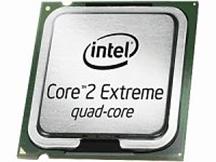|
Parallel & Multi-Core Processing |


|
Super Computers |
|
SUPERCOMPUTER: is a computer that is considered, or was considered at the time of its introduction, to be at the frontline in terms of processing capacity, particularly speed of calculation.
History: The first time the word supercomputer was used was in the year 1929 by New York World Newspaper and they were the IBM's custom built tabulators. (machines used to collect data for the census) The next generation of supercomputers were designed by Seymour Cray, who later created his own company Cray Reasearch. The Cray-2 was the fastest computer from 1985 to 1989 In the later 1980s and 1990s, attention turned from vector processors to massive parallel processing systems with thousands of "ordinary" CPUs, some being off the shelf units and others being custom designs. (This is commonly and humorously referred to as the attack of the killer micros in the industry.) Today, parallel designs are based on "off the shelf" server-class microprocessors, such as the PowerPC, Itanium, or x86-64, and most modern supercomputers are now highly-tuned computer clusters using commodity processors combined with custom interconnects.
Common usesSupercomputers are used for highly calculation-intensive tasks such as problems involving quantum mechanical physics, weather forecasting, climate research (including research into global warming), molecular modeling (computing the structures and properties of chemical compounds, biological macromolecules, polymers, and crystals), physical simulations (such as simulation of airplanes in wind tunnels, simulation of the detonation of nuclear weapons, and research into nuclear fusion), cryptanalysis, and the like. Major universities, military agencies and scientific research laboratories are heavy users. A particular class of problems, known as Grand Challenge problems, are problems whose full solution requires semi-infinite computing resources. Relevant here is the distinction between capability computing and capacity computing, as defined by Graham et al. Capability computing is typically thought of as using the maximum computing power to solve a large problem in the shortest amount of time. Often a capability system is able to solve a problem of a size or complexity that no other computer can. Capacity computing in contrast is typically thought of as using efficient cost-effective computing power to solve somewhat large problems or many small problems or to prepare for a run on a capability system.
The term supercomputer itself is rather fluid, and today's supercomputer tends to become tomorrow's normal computer.
|


